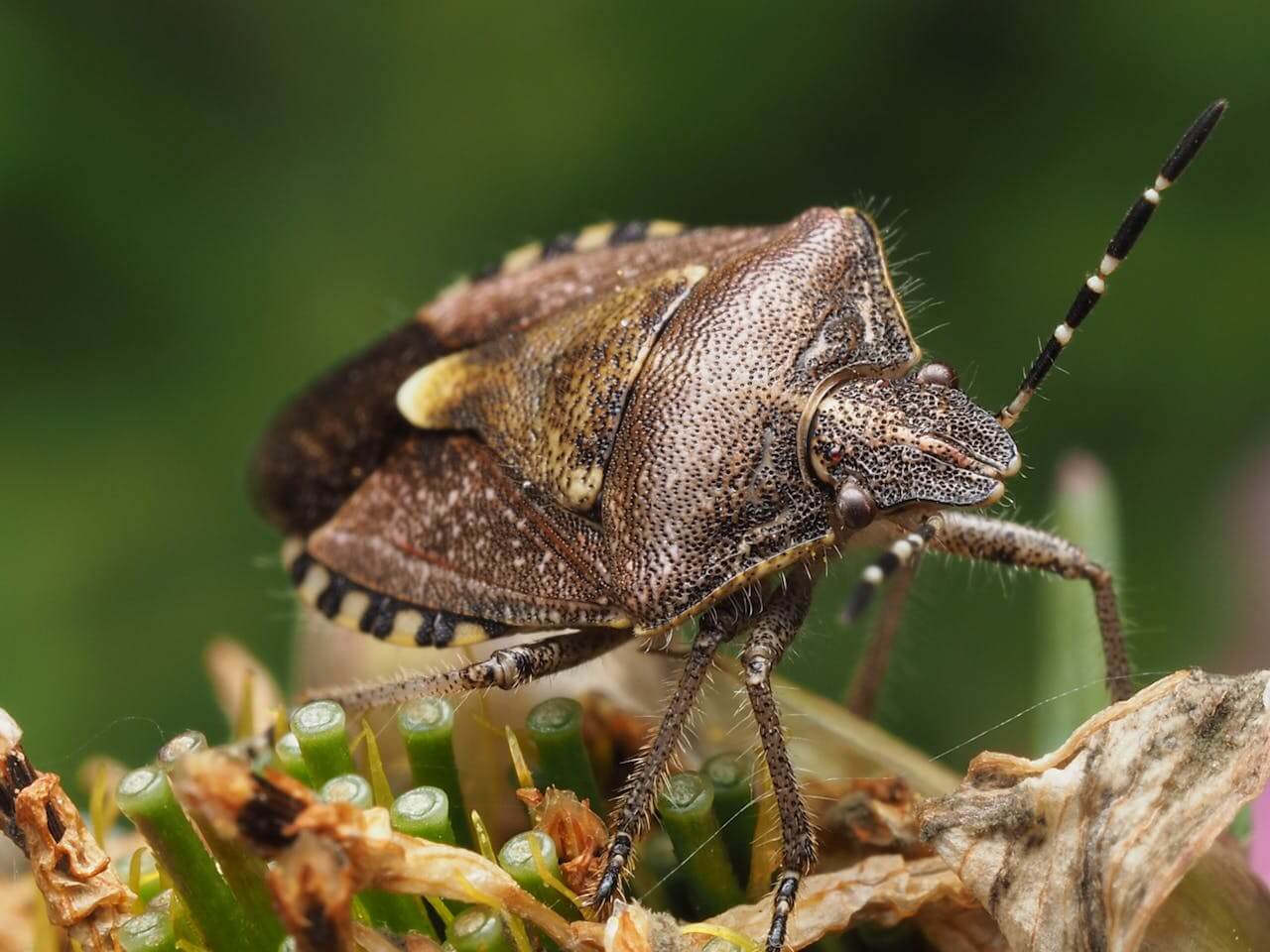Introduction: Discovering a Hidden World
Nature isn’t just about sweeping landscapes and majestic wildlife—it’s also about the tiny worlds that exist at our feet. A single flower, a dew-covered spider web, or the shimmering wings of a butterfly can be just as breathtaking as a mountain range.
In this guide to macro photography in nature, you’ll learn how to capture these small wonders in sharp, high-definition detail. With the right techniques, you can reveal textures and patterns invisible to the naked eye.

If you’re still building your foundation, start with our Ultimate Beginner’s Guide to Nature Photography (HD Edition).
1. What Is Macro Photography?
Macro photography is the art of capturing extreme close-ups, usually at a 1:1 magnification ratio or greater. This means the subject appears life-sized—or larger—on your camera’s sensor. In practice, it’s how we reveal:
- Fine petal structures in flowers
- Intricate wing patterns of insects
- Droplets of water and crystalline frost
2. Essential Gear for Macro Photography in Nature
2.1 Macro Lenses
A dedicated macro lens (typically 90–105 mm) provides sharpness and allows you to focus extremely close. Longer focal lengths (150–200 mm) let you shoot shy insects without getting too close.
2.2 Extension Tubes
Budget-friendly tubes that fit between your camera and lens, decreasing minimum focus distance.
2.3 Tripods and Supports
A sturdy tripod helps when shooting in low light or when precise focus is critical.
2.4 Lighting Tools
Ring lights or small diffused flashes illuminate tiny subjects evenly. For naturalists, a simple reflector can redirect sunlight onto the subject.
3. Camera Settings for Macro Photography
3.1 Aperture
- f/8–f/11: Good starting point for flowers with depth.
- f/16+: For insects or complex subjects needing extra sharpness.
- Be cautious of diffraction at very small apertures.
3.2 Shutter Speed
- Use 1/200 sec or faster to freeze moving insects.
- For static subjects, slower shutter speeds with a tripod work fine.
3.3 ISO
Keep ISO as low as possible (100–400) for clean detail. Increase only when light is limited.
3.4 Focus
Switch to manual focus and move the camera slightly until the subject is sharp. Many macro shooters prefer focusing rails for precise adjustments.
4. Composition Tips for Tiny Subjects
- Fill the frame but leave some breathing space.
- Use diagonal lines like stems or leaves to create flow.
- Focus on the eyes of insects whenever possible.
- Experiment with negative space for a minimalist look.
5. Working with Flowers
Flowers are patient and cooperative subjects—perfect for beginners.
- Shoot during early morning when dew adds sparkle.
- Backlight translucent petals for glowing effects.
- Watch out for wind—bring clips or shields to stabilize delicate stems.
6. Photographing Insects
Insects bring challenge and excitement to macro photography.
- Approach slowly and avoid sudden shadows.
- Use longer focal length macro lenses to keep distance.
- Early morning is ideal—cool temperatures make insects less active.
- Capture behavior, like bees gathering pollen or butterflies feeding.
7. Exploring Patterns and Abstracts
Macro isn’t just about literal representation—it’s also about abstraction.
- Shoot repeating leaf veins, bark textures, or feather details.
- Focus tightly on shapes and colors for abstract compositions.
- Rotate your camera or crop creatively in post-processing.
8. Lighting in Macro Photography
8.1 Natural Light
Soft overcast skies are perfect for avoiding harsh contrast. Golden hour can add warmth and depth.
8.2 Artificial Light
- Use small flashes with diffusers to mimic natural light.
- Reflectors can bounce sunlight into shadowy areas.
- Avoid direct, harsh light that blows out tiny details.
9. Post-Processing for Macro Images
- Adjust clarity and contrast carefully to bring out texture.
- Enhance colors subtly—over-saturation can look unnatural.
- Use selective sharpening on focal points like insect eyes.
- Crop for stronger composition while maintaining resolution.
10. Ethical Considerations
- Avoid harming insects or plants for the sake of a photo.
- Never trap or freeze living creatures.
- Follow Leave No Trace principles to keep natural habitats undisturbed.
11. Practice Ideas for Macro Photography in Nature
- Morning dew on grass blades.
- Frost crystals in winter.
- Spring wildflowers.
- Busy pollinators in summer.
- Autumn leaves with intricate textures.
12. Building Your Macro Portfolio
Macro photography provides endless opportunities to expand your portfolio. Dedicate time to:
- A consistent theme (e.g., pollinators or seasonal flowers).
- Close-up storytelling of life cycles.
- Sharing your best work online or in print to inspire appreciation for small wonders.
Explore More on NaturePhotographyHD.com
Keep building your photography skills with our other in-depth guides:
- The Ultimate Beginner’s Guide to Nature Photography (HD Edition)
- 12 Expert Wildlife Photography Tips for Capturing Nature in Stunning High Definition
- Best Camera Settings for Landscapes, Forests, and Mountains
- Mastering Natural Light in Photography: Golden Hour, Blue Hour & Weather Effects
- Best Drones for Nature Photography: A Complete Guide
Step closer, look deeper, and use these macro photography tips to uncover a world most people never see.

